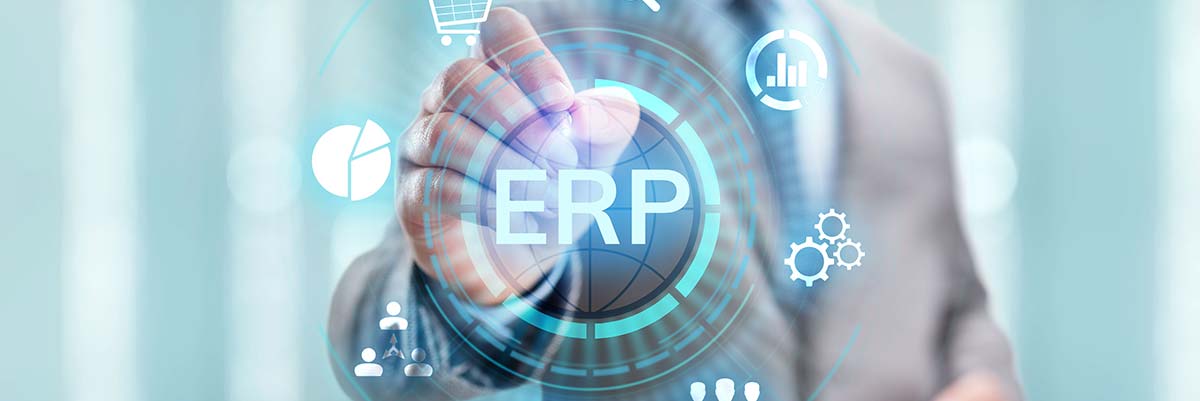Excellence in ERP Adoption- 2nd Wave

Much has been written and practiced to form a significantly rich body of knowledge on ERP implementation methodologies, best practices et al. More often than not these refer to “go live” as the destination that marks the successful conclusion of an ERP implementation project. However, the fact is: going live with an ERP system doesn’t mean one can suddenly turn on all the benefits. Our quest for best practices in ERP lifecycle management revealed that far from being over at go-live, ERP-enabled transformation occurs in waves a ” waves that, if properly managed, can help companies maximize, accelerate and sustain the fuller benefits of ERP-enabled systems.
Unfortunately, some companies lose focus once they go live. I urge my customer communities to recognize the fact that going live on ERP isn’t the end of their program, but merely the end of the beginning. Studies reveal that the rewards go to those who extend continued efforts into the wave where the greater benefits lie ” beyond the 1st Wave of going live, to the post-implementation 2nd Wave.
We thus seek to uncover the fact that there are at least two distinct waves of ERP-enabled enterprise transformation.
The First Wave refers to the changes to an organization that includes and accompany going live with ERP.
The Second Wave, on the other hand, refers to the actions that are taken after going live that help organizations achieve the full capabilities and benefits of ERP-enabled processes.
The 2nd Wave is about realizing additional effectiveness from the better decision-making capabilities afforded by ERP. For example, 1st Wave led to online inventory data while educating people about ERP principles. 2nd Wave now allows companies to use ERP to improve data accuracy and optimize their inventories for the improved supply chain. If strategized and planned well, this phase dramatically increases competitive edge and delivers measurable business results.
ERP enabled companies thus must focus in at least the following areas after “go live” has been achieved:
- Plug the gaps in the core ERP implementation
- Define, prioritize and standardize MIS needs
- Classify and rationalize reports
- Introduce complementary application solutions
- Complimentary work in process improvements
- Work to train and motivate people fully to undertake the next level of change
The 2nd Wave occurs when all the primary forces of the ERP-enabled enterprise finally come together: The technology, the redesigned processes, the strategy redesign, and the “most important” the people who must now operate the new system and perform the new processes. It will be important that a road map is now envisioned to initiate, define, plan, resource, and manage this phase considering the following actions areas: Focus on capabilities and benefits, not just entering data and preparing reports. Identify, define, and measure them.
Alignment of the organization on the true destination. Achieve balanced people, process, and technology changes across all areas.
Build and leverage process expertise. Since the majority of the internal processes are now ERP-enabled, it is essential to have a well-defined and documented organization process definitions, coupled with role and competency specification.
Extend capabilities beyond the ERP foundation. ERP alone cannot deliver all the benefits targeted from it. For example, ERP alone cannot produce superior results in delivering MIS.
